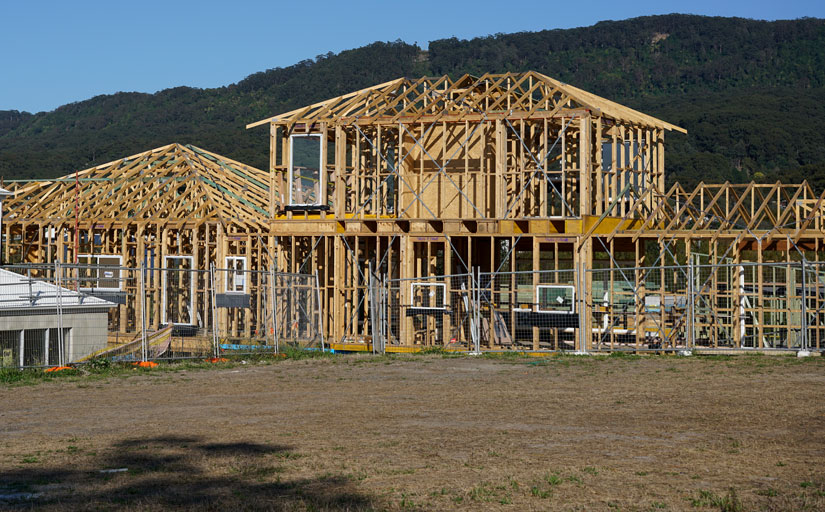For a few months we’ve been following the story of Australia’s housing bubble with new interest. It’s the potential crisis on no European’s screen. Which is concerning given the level of funding which Europe supplies to some of the world’s largest banks Down Under.
 The issue in Australia is surprisingly similar to the sub-prime story in the US. And everyone agrees it’s all about land prices at the core.
The issue in Australia is surprisingly similar to the sub-prime story in the US. And everyone agrees it’s all about land prices at the core.
Which is odd given the amount of land Australia has. But even that is up for debate if you read the papers.
Let’s turn to a more interesting angle in this Capital & Conflict.
How big is the Australian housing bubble? Capital Economics calculated that, based on a median house price to income ratio, Australian houses are about 38% overvalued. Which happens to be far worse than the US’s 30% in 2006.
ABC News reassured its readers that this time is different and Australia is special:
However, he noted that this measure does not take into account the long-term lower level of interest rates and therefore the bigger amount people can comfortably borrow and the lower rental returns investors demand.
This is morbidly hilarious. Rising interest rates happen, which increases the risk, not decreases it. Something that will only temporarily be affordable is not affordable and won’t benefit the buyer in the end.
Not only that, but rising rates are precisely what popped the sub-prime bubble, so it should be obvious that low rates are dangerous.
The latest development is a remarkable survey from Finder.com.au on just this issue. Australian Broker reports:
A staggering 57% of mortgage holders could not handle a $100 increase in their [monthly] loan repayments, according to new research by Finder.com.au.
This additional $100 is equivalent to an interest rate rise of just 0.45% based on the national average mortgage of $360,600. This means the average standard variable rate of 4.83% would only have to rise to 5.28% to put more than half of mortgage holders in stress.
Not only are Australians walking a tightrope on their repayments, but 39% of mortgages are interest only. A hit to house prices could spell disaster.
Surprisingly, it’s the wealthy that are in trouble. Martin North of Digital Finance Analytics tracks mortgage stress by suburb. And it’s the famously wealthy ones that are showing signs of distress.
Never forget how small a problem the US’s sub-prime bubble looked in 2007. Australia’s house price bubble is brewing trouble for you.
